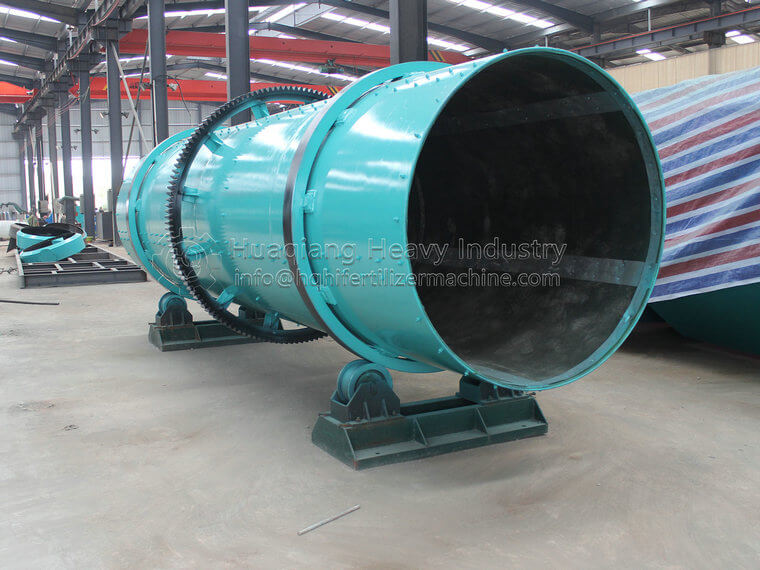What are the advantages of using a horizontal organic fertilizer mixer to process fertilizers
The use of a horizontal organic fertilizer mixer for fertilizer processing has multiple advantages, which are not only reflected in improving production efficiency and product quality, but also in reducing costs and improving the working environment. The following is a specific analysis of the advantages:
1. Efficient and uniform mixing
The horizontal organic fertilizer mixer adopts a special mixing device and design, which can ensure that various fertilizer raw materials are fully mixed in a short time, achieving a highly uniform state. This is crucial for ensuring uniform distribution of nutrients in fertilizers and improving their effectiveness.
2. Wide applicability
Horizontal mixers are capable of processing various types of fertilizer raw materials, including dry powder, granules, liquids, viscous materials, and fibrous materials. They have a wide range of applicability and can meet the needs of different fertilizer production.
3. Reduce energy consumption
Compared with vertical or other types of mixers, horizontal mixers have relatively lower energy consumption during the mixing process, which can effectively reduce production costs and improve energy utilization efficiency.
4. Improve product quality
Through the efficient mixing of horizontal mixers, the uniform distribution of various components in fertilizers can be ensured, avoiding excessive or insufficient local nutrient concentration, thereby improving the overall quality of fertilizers, promoting healthy crop growth, and increasing yield.
5. Easy to clean and maintain
Horizontal mixers are typically designed with a structure that is easy to disassemble, facilitating internal cleaning and equipment maintenance, reducing maintenance costs and downtime, and ensuring continuous operation of the production line.
6. Reduce dust and environmental pollution
Good sealing design can effectively prevent material leakage and dust flying, reduce pollution to the working environment, and also help maintain the cleanliness of raw materials and reduce material loss.
7. High degree of automation
The horizontal organic fertilizer mixer can be equipped with advanced automation control system to achieve precise material ratio, mixing time and speed control, improve the stability and controllability of the production process, and reduce human errors.
8. Strong durability
By using high-strength materials and fine manufacturing processes, the horizontal mixer has a long service life and can withstand long-term continuous operation, reducing the frequency of equipment replacement and maintenance.In summary, using a horizontal organic fertilizer mixer to process fertilizers can significantly improve production efficiency and product quality, while reducing costs, improving working environments, and enhancing energy utilization efficiency. It is an indispensable and efficient equipment in modern fertilizer production.
.jpg)



.jpg)

.jpg)

